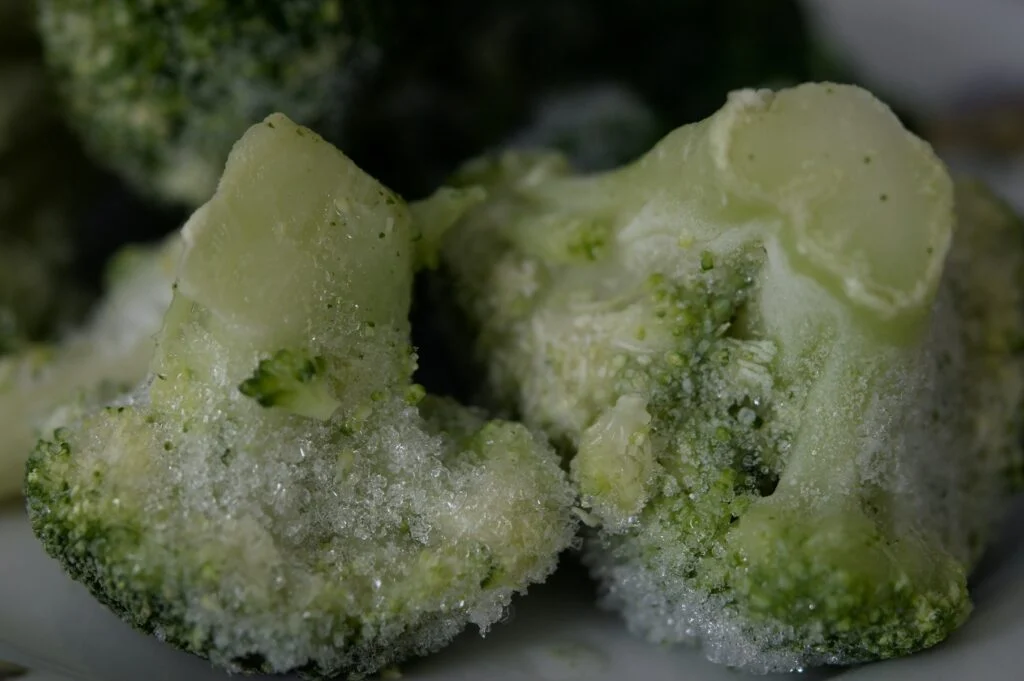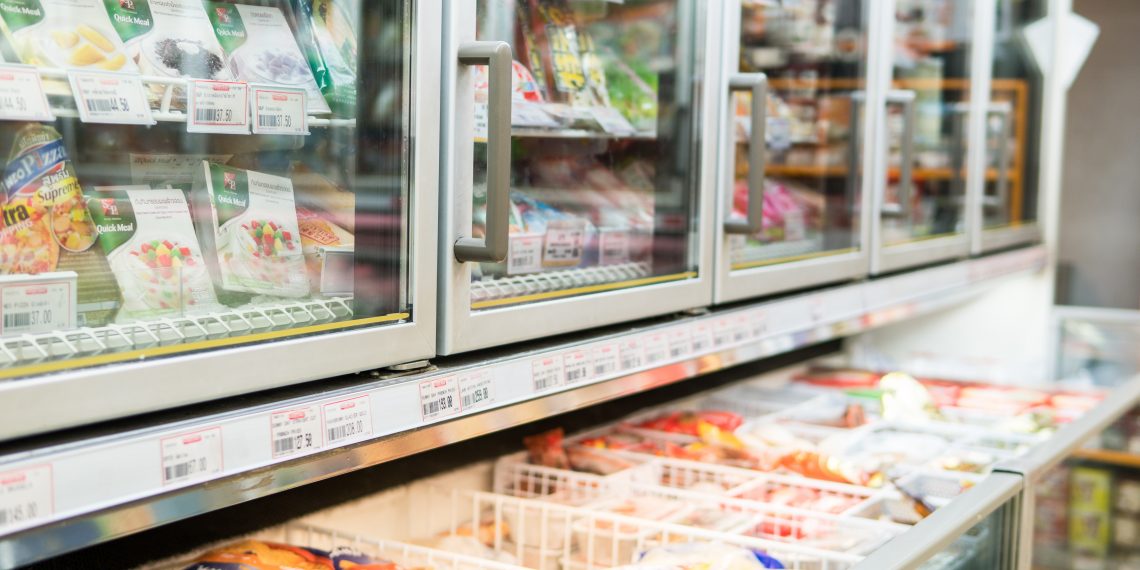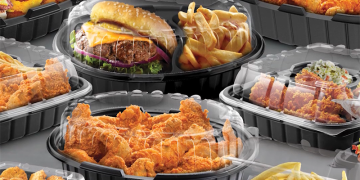Latest research in the United States, recently reported by American media, found that there was growth in the sales of frozen foods in both the first and second quarters of this year.
On the other side of the Atlantic, sales of frozen foods in the United Kingdom have also been on a healthy upward trajectory.
Specialist media in the US, citing figures from Circana analysed by 210 Analytics, reported that in the first three months of this year, frozen food sales rose 6.7% by value in the country.
In the second quarter of the year the increase was less steep, but was nevertheless a worthwhile 3.8%, again according to Circana.
Amid this continued increase in sales, major supermarket groups in the US are said to be continuing to launch new frozen products, some of them linked to household name chefs.
As previously reported by SIAL Paris Newsroom, the coronavirus pandemic resulted in a huge surge in the purchase of frozen foods.

To reduce their risk of infection, many shoppers cut down on their visits to supermarkets and other food outlets, and so bought more frozen foods because they can be stored for longer then fresh produce.
For example, Forbes reported that online frozen food sales increased by 75% in 2020, while other outlets reported that overall frozen food sales in the US that year were up 21% by value, reaching $65.1 billion. When measured in terms of units, US frozen food sales in 2020 were up 13.3%.
Today’s increases are lower than these figures, but industry observers have indicated that continued growth at the current rate is still good news.
In the UK in the 12 weeks to June 11, frozen food sales were up 1.6% to 7,559,000 tonnes, according to reports quoting figures by the market research company Kantar. In the previous 12-week period, the increase was 0.5% by amount.
When measured by value, UK frozen food sales in the 12 weeks to June 11 shot up 20%, but this largely reflected, observers said, heavy food price inflation.

Amid these steep price rises, however, demand for some frozen foods, notably peas, is said to have increased by as much as 20% by volume as consumers turned to affordable foodstuffs. Other categories that did particularly well included potatoes and ready meals.
By contrast, some other types of frozen products performed indifferently, with reports indicating that sales of frozen fish declined by 1% by volume, even though they rose by 12% by value.
In comments released by the British Frozen Food Federation at the time the figures were released, Rupert Ashby, the organisation’s chief executive, said that the UK’s cost of living crisis “continues to have a significant effect on consumer spending habits”. More shoppers were, he said, turning to frozen products “to help make their budget go further”.
“It’s clear that consumers are recognising frozen food as a tasty, nutritious and affordable choice that can help them deal with the current economic crisis,” he said.
“Whilst the growth in sales is good news, our members continue to face significant challenges throughout the entire frozen supply chain, with the effects of the coronavirus pandemic, the war in Ukraine, Brexit and inflation still putting members under huge pressure.”
While demand from consumers for frozen food has, for the most part, remained strong, producers have continued to face headwinds, including even the lingering effects of the Covid-19 pandemic on supply chains, something made worse by the war in Ukraine. Multiple reports indicate that input costs for producers have risen, representing another headache for the sector.




















